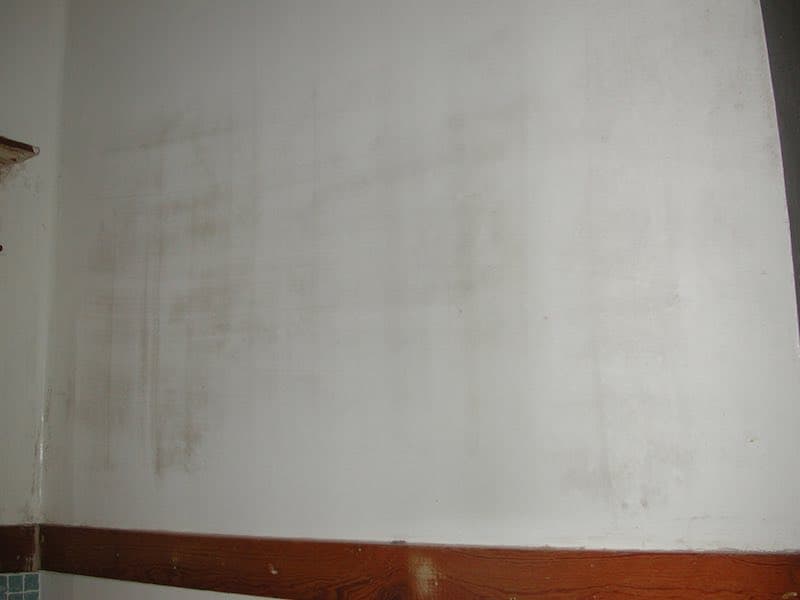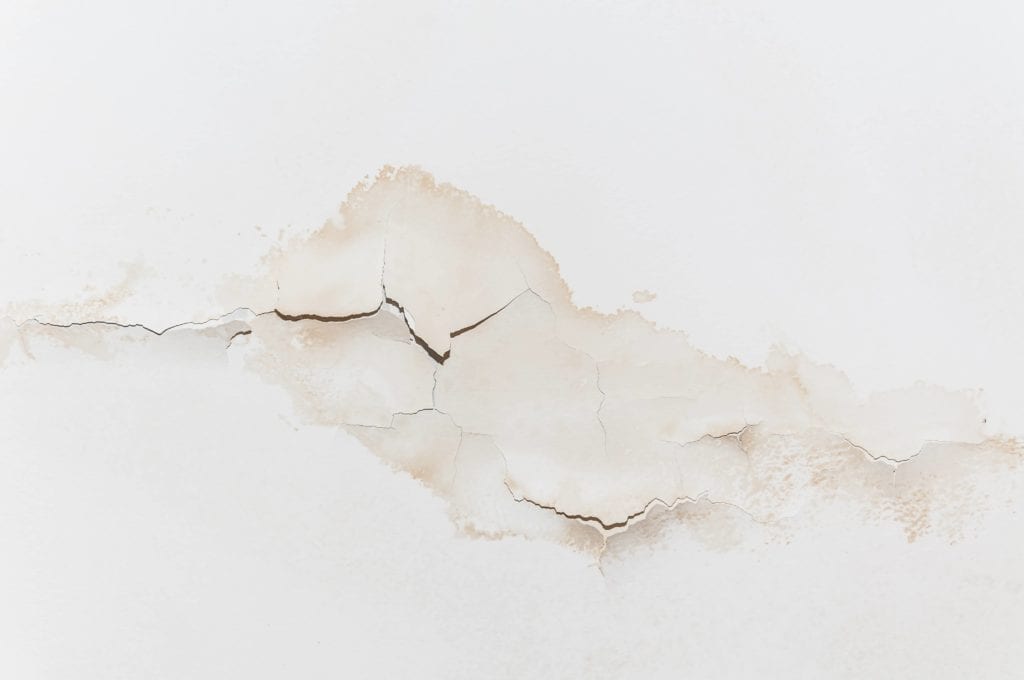On this page below you can find a good deal of extremely good material concerning Indicators of Water Damage Behind Walls.

Water spots on walls are not pleasurable to the eyes. Your home needs to be without discolorations on the walls, roof covering, or floors. That is the ideal state of a house and its frameworks. Yet, sometimes it appears almost inescapable to experience water stains on walls in residences.
Home owners staying in humid regions continuously take care of the concern of water discolorations on wall surfaces. That doesn't have to be the case for you. With all-around as well as precise details on the sources of water discolorations and also punctual repair procedures, you will certainly constantly be an action ahead of such incidents. This write-up assures to be a handy overview for you.
3 Typical Root Causes Of Water Spots on Wall Surfaces
In contrast to common belief, water spots on walls do not always stem from poor building materials. There are several sources of water discolorations on wall surfaces. These consist of:
Moist
When hot damp air meets with dry cold air, it creates water beads to base on the walls of structures. This takes place in shower rooms as well as kitchens when there is steam from food preparation or showers. The water droplets can tarnish the bordering walls in these parts of your house and spread to various other locations.
Wet or condensation impacts the roof as well as walls of structures. When the wall is wet, it produces a suitable setting for the development of microbes and also fungi.
Poor Water drainage
This will stop water from leaking right into the walls. This links to extreme wetness that you see on the walls of your structure.
So, the leading root cause of wet wall surfaces, in this case, can be an inadequate drain system. It can also be because of poor administration of sewage pipelines that run through the structure.
Pipeline Leaks
Many residences have a network of water pipes within the wall surfaces. It constantly enhances the stability of such pipes, as there is little oxygen within the wall surfaces.
Yet, a downside to this is that water leakage influences the walls of the building and also causes extensive damages. A dead giveaway of defective pipelines is the look of a water stain on the wall.
Pro Pointer
A houseplant in your home also boosts its moisture. So, if the house is currently moist, you may want to present houseplants with very little transpiration. An example of suitable houseplants is succulents.
Water Spots on Wall Surface: Repair Tips
When dealing with water stains, homeowners would typically desire a fast solution. They would certainly quickly understand this is disadvantageous as the water stains recur. Here are a few valuable ideas that will certainly assist you in the repair service of water discolorations on wall surfaces:
Verdict
Although no person intends to have water spots on walls in their house, it can occur to the best of us. This write-up offers you take advantage of, as you now know just how to manage this incident if it does happen.
It is always best to hire expert services to help deal with the problems in your house.
In some cases it seems virtually inescapable to experience water stains on walls in residences.
Contrary to popular idea, water spots on walls do not constantly stem from inadequate building materials. There are numerous causes of water stains on wall surfaces. The water droplets can tarnish the surrounding walls in these components of your house and spread to various other areas.
Below are a couple of useful tips that will certainly direct you in the fixing of water spots on walls:
CHECKING FOR WATER DAMAGE
Water damage can be costly, and it may begin before you even notice the first signs of trouble. Water damage can cause mold and mildew in your walls and floors, which can create an abundance of health concerns for your family. It can also lead to costly repairs of various appliances and general home fixtures. To avoid the pricey consequences of water damage, here are Warner Service’s top 5 places you should check:
The walls – The easiest place to spot the beginnings of water damage is on the walls and ceilings of your home. If water damage is present, there will most likely be water stains, especially around the windows and doorframes, and/or cracks in the drywall. If a stain looks unusual (discolored to brown, black or gray, raised texture), has a swollen appearance or is soft to the touch, contact a professional immediately. The pipes – To avoid water damage, consistently check the pipes in your kitchen (especially the dishwasher and ice maker), bathrooms, laundry room (specifically washing machines) and basement for corrosion, leaks and water stains. Pay special attention to where the pipes connect in your home and the location of caulking around the bathroom fixtures, including toilets, sinks, showers and tubs. Missing or loose caulking and grout could be signs of leaking water. This seepage can also quickly cause mold and rust, so double check your water heater and tank for wet spots on the floor. The floor – Water damage is very easy to spot on the floor. Look for any warping or buckling of the material, especially in the basement. If your home has wood flooring, look for bright white or dark stains. If your home has carpeting, keep it dry and clean. A damp carpet that smells of mold could cause water damage and health problems. To avoid this, consider installing floor pans under your appliances to help prevent damages from small, slow and undetected leaks. The basement and attic – If your basement or attic smells odd check for mold and mildew around the area, especially the valley where the roof meets. While you are inspecting those areas, check for wall cracks, floor stains, rust and dampness in the insulation. If you live in a colder and/or rainier climate, perform routine checks for water damage from melting snow or ice and rain. The exterior – Check the roof for damaged flashing and missing, cracked or curled shingles. There should also be no standing water anywhere outside your home. This could be caused by puddles, leaky rain gutters or hoses, poor drainage, or short gutter spouts. Invest in a sump pump system or water flow monitoring system, and perform routine maintenance on these outdoor appliances to avoid indoor water damage.

As a devoted reader about How to Find and Repair Water Leaking in the Wall, I thought sharing that piece of content was mandatory. Sharing is nice. You never know, you may very well be helping someone out. We thank you for reading our article about How to Remove Water Stains from Walls and Ceilings.
Schedule Today!